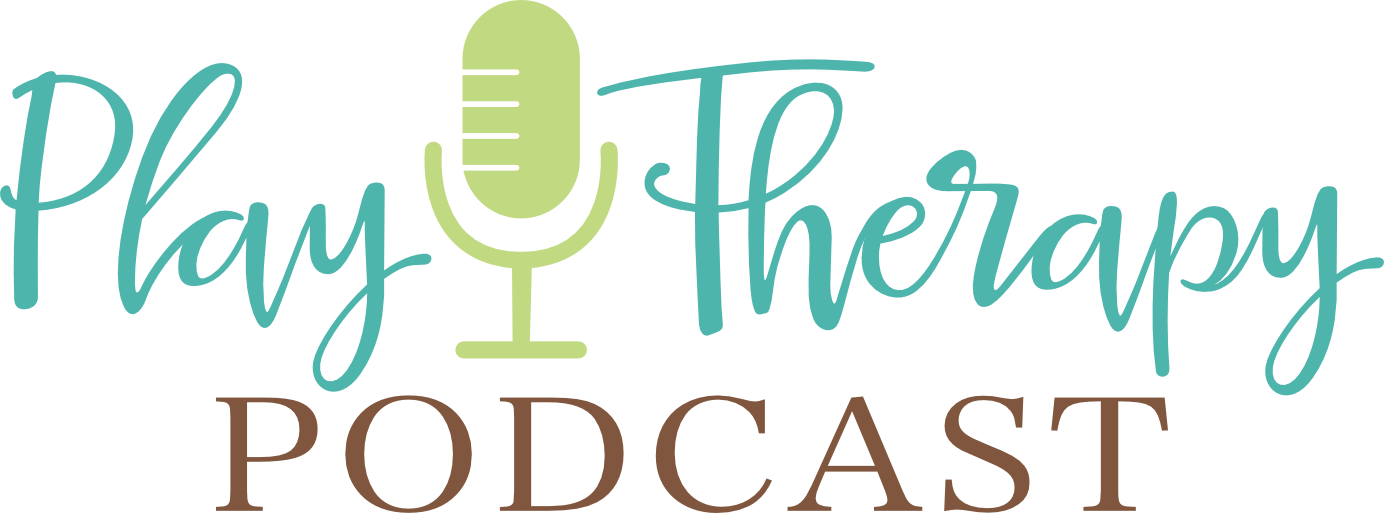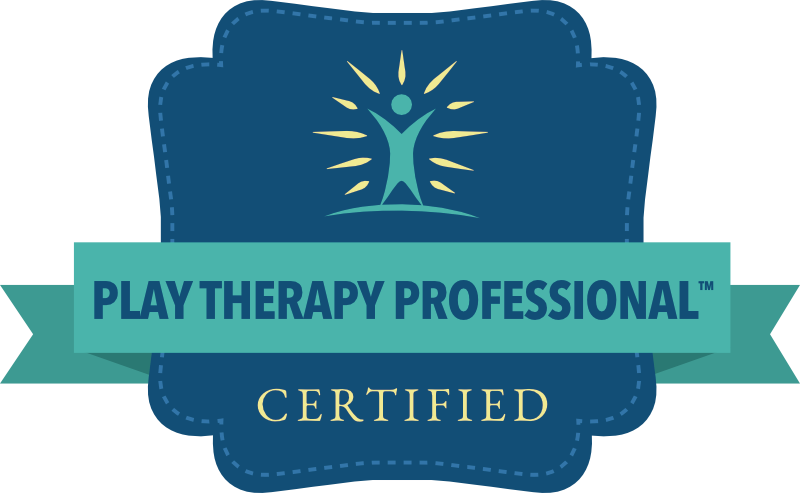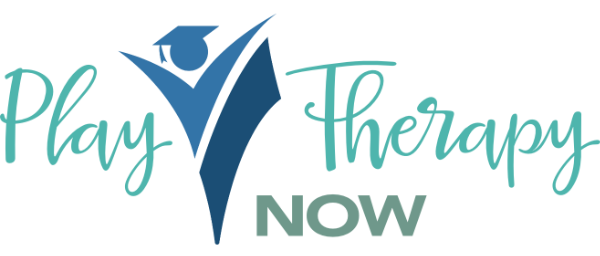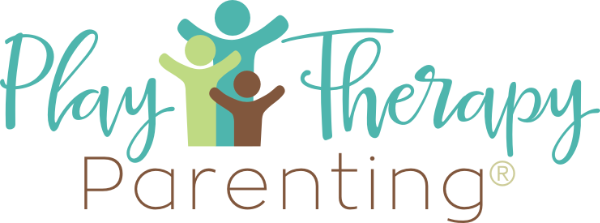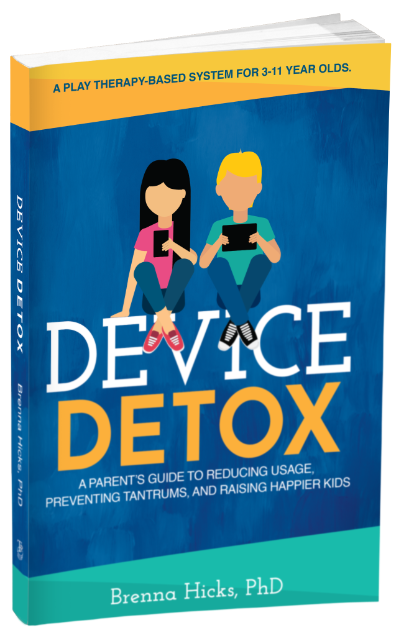Meeting Children Where They Are: The Power of Child-Centered Play Therapy
I also share insights from Bettelheim, emphasizing how even the most well-adjusted children encounter overwhelming challenges, and through symbolic play, they can gradually learn to cope. This episode serves as a reminder of the importance of non-directive play therapy and the significant impact it has on a child’s development. My hope is that this discussion reignites your passion for child-centered play therapy and encourages you to stay grounded in the principles that make it so effective.
Episode Reference:
Landreth, G.L. (2023). Play Therapy: The Art of the Relationship (4th ed.). Routledge.
Sign up for my exclusive newsletter at playtherapynow.com. Stay ahead with the latest CCPT CEU courses, personalized coaching opportunities and other opportunities you need to thrive in your CCPT practice!
Ask Me Questions: Call (813) 812-5525, or email: [email protected]
Brenna’s CCPT Hub: https://www.playtherapynow.com
CCPT Collective (online community exclusively for CCPTs): https://www.ccptcollective.com
Podcast HQ: https://www.playtherapypodcast.com
APT Approved Play Therapy CE courses: https://childcenteredtraining.com
Twitter: @thekidcounselor https://twitter.com/thekidcounselor
Facebook: https://facebook.com/playtherapypodcast
Why Play is the True Language of Children: Insights from Child-Centered Play Therapy
As child-centered play therapists, our work is grounded in a fundamental understanding that play is the primary language of children. In this blog post, I want to share some key insights from Garry Landreth’s Play Therapy: The Art of the Relationship (4th ed., 2012), to illustrate why play therapy is so essential and effective.
This discussion is part of my ongoing Summer School Series, where I revisit seminal works in child-centered play therapy to inspire us to return to the basics. Many of you have reached out to share how helpful this series has been, and it warms my heart to know that these readings are making an impact. So, let’s dive into today’s exploration of why we, as therapists, must meet children at their level rather than expecting them to communicate through adult forms of expression.
Play is a Medium of Exchange
Play is a child’s natural medium of exchange. When we restrict children to verbal expression, we automatically create barriers in the therapeutic relationship. Garry Landreth explains this concept, noting that requiring verbal communication from children imposes limitations that force them to communicate on our terms, rather than their own (“Play Therapy: The Art of the Relationship”, p. 9). This expectation places unnecessary limitations on children and hinders their ability to fully express themselves.
For those of you who used to practice more directive forms of therapy—using worksheets, activities, or discussions—you may have noticed that there was often a barrier to forming a strong therapeutic relationship with the child. That’s because asking children to engage at a cognitive or verbal level creates an imbalance. Instead, it is our responsibility as therapists to meet children at their level and communicate through play, the medium with which they are most comfortable.
The Therapist’s Role: Accommodating the Child
A core principle of child-centered play therapy is that the therapist should accommodate the child, not the other way around. It’s essential to recognize that we, as therapists, are the ones who possess the coping skills, developmental understanding, and ability to communicate at various levels. Therefore, it is our responsibility to create a therapeutic environment that allows the child to lead and express themselves through play (Landreth, 2012).
When we ask children to “tell us about it” or to engage in cognitive activities, we place them at a disadvantage by forcing them to accommodate us. This expectation is unfair and counterproductive. The therapist’s role is to go to the child’s level and facilitate communication through the medium of play. By doing so, we allow children to express themselves in ways that feel safe and natural to them.
Why Play Therapy Works: Safe Expression Through Toys
Children often have feelings and attitudes that are too threatening to express directly. In play therapy, these emotions can be safely projected through self-chosen toys. Landreth provides examples such as a child burying something in the sand, shooting a dragon, or spanking a doll representing a baby brother (Landreth, 2012, p. 10). These actions allow children to release emotions and process experiences that they may not fully understand or be able to articulate verbally.
This symbolic play is an essential part of the therapeutic process. It allows children to express and work through difficult emotions in a safe and controlled environment. Even though the child may not fully understand the significance of their play, and we as therapists may not always grasp the meaning behind it, the process is nonetheless effective in helping the child cope with their challenges.
The Importance of Child-Centered, Non-Directive Play Therapy
In his 1987 article The Importance of Play, published in The Atlantic Monthly, Bruno Bettelheim highlights how even the most normal and competent children encounter problems in life that feel insurmountable. These challenges can be overwhelming, scary, and confusing for a child. However, by playing out these experiences in a way that is meaningful to them, children can gradually learn to cope with them step by step (Bettelheim, 1987).
Bettelheim’s insights underscore the importance of non-directive play therapy. When we, as therapists, allow children to engage in play without interference, we give them the space to find solutions that work best for them. This process builds self-trust, problem-solving skills, and long-term resilience. It’s important to remember that even when a child’s play doesn’t make sense to us, or when it seems ill-advised, it is not our role to intervene unless there is an immediate danger.
Trusting the Child’s Process
One of the hardest things for us as child-centered play therapists is to resist the urge to help or interfere when we see a child struggling. However, it’s crucial to recognize that even well-intentioned efforts to assist can divert the child from finding their own solutions. In child-centered play therapy, the child knows that there is a problem, and they will seek a solution in their own way, at their own pace. Our job is to provide the environment and the relationship that allows them to do that (Landreth, 2012).
This non-directive approach aligns with the philosophy of self-actualization in child-centered therapy. The child is capable of working through their struggles and finding the answers that serve them best. By staying out of the way, we allow them to develop the confidence and competence to navigate life’s challenges, not just in the playroom but beyond.
When we allow children to play, we honor their natural form of communication and provide them with the tools they need to cope with life’s challenges. By trusting in the child-centered process, we empower children to find their own solutions and build long-term resilience. This is why we must remain committed to the principles of non-directive play therapy, even when it’s challenging or misunderstood by others.
As always, I hope this exploration of foundational child-centered play therapy principles has inspired and encouraged you in your practice. Let’s continue to fight the good fight, knowing that our work is making a difference in the lives of the children we serve.
References
– Landreth, G. L. (2012). *Play Therapy: The Art of the Relationship* (4th ed.). New York, NY: Routledge.
– Bettelheim, B. (1987). The Importance of Play. *The Atlantic Monthly*.
